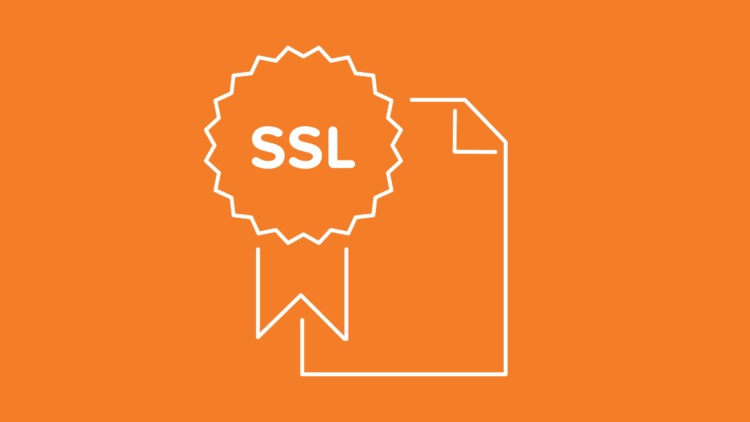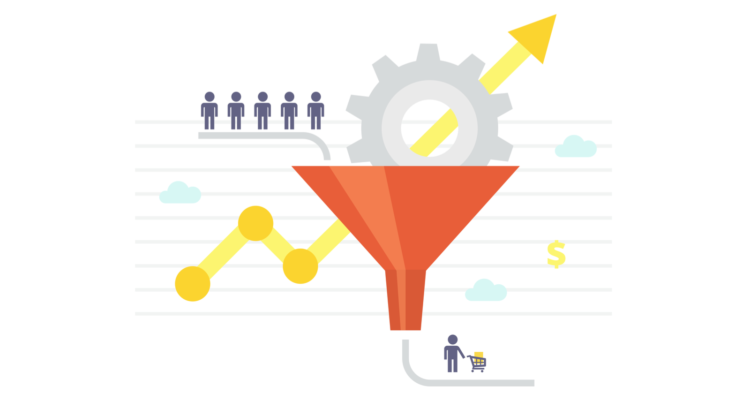Building an e-commerce business is hard. It takes a lot of time and effort to get new customers and to convert them into returning customers. However, if you know the right steps to take throughout the process, you can certainly build a viable e-commerce business in a slow but steady manner. There are a number of things that contribute to the success of any e-commerce business, and in this article, we’re going to introduce you with 7 of them. You can say that these 7 elements are the recipe of success in the e-commerce industry. Without taking any more time, let’s dive straight into them:
1. Build your brand

People do not buy from businesses. They buy from brands they can trust. This has been proven again and again in countless studies, so it’s important that you try to build your brand in order to build a sustainable e-commerce business. Consider influencer marketing, content marketing, events, social media campaigns, offers and everything that can help you build your brand. Try to be on every single platform where your customers are, and build a strong brand with a consistent brand identity that sticks in the minds of your potential customers. It will take some time, but once enough people have become familiar with your brand you’ll certainly see its impact in the form of growing sales.
2. Use an SSL certificate

One of the biggest mistakes that you can make as an e-commerce business is to not protect your site with an SSL certificate. Without SSL your site remains at a high risk of being hacked and your user data at the risk of being stolen, which is why almost all popular browsers today mark such sites as “Not Secure”. Now, if someone sees a Not Secure label in the beginning of your website’s URL in the address bar, you can imagine what impact that will have on the perception of your brand. Everyone will immediately hit the Close Tab button. Therefore, it’s best to protect your site with an SSL certificate not only for your security but also to increase your sales. You can easily get an SSL certificate for your business from reputed vendors like SSL2BUY.
3. Boost your conversion rate with a/b testing

Conversion rate refers to the percentage of landing page visitors converting into customers. And even if you feel that you’ve got everything right on your landing pages, there can be several factors contributing to a low conversion rate on your e-commerce site. The way to find out those factors is by doing what’s known as A/B testing. In case you don’t know, A/B tests are done by altering various elements related to the user experience of a webpage (i.e. the size of buttons, the color of buttons, replacement of product images/descriptions etc.) and the element that gives a better conversion rate is used in place of the element that was giving lower conversion rate. To maximize your sales it’s important to keep doing these tests on regular intervals. If you want to learn more about A/B tests and access some interesting case studies you may want to check the Conversionrate.store website.
4. Use Email Marketing

Whether you believe it or not, email marketing still works. Regardless of what social media marketers and experts say, even in 2024, there have been numerous studies proving that email marketing is still very effective. For instance, The State of Email Marketing Survey conducted by Campaign Monitor and Ascend2 found that 89% of email marketers feel that their campaign is successful while 87% think that their email marketing performance is increasing. If your email marketing campaign is not working, it probably has something to do either with the quality (i.e. content) or with the quantity (i.e. number) of your emails. It would, therefore, be a wise idea to implement email marketing in your e-commerce business with the help of a professional email marketer.
5. Use Trust Seals

Since we’re on the subject of security, let’s discuss one more aspect of it. You might’ve seen the trust seals shown above on many web pages. There’s a reason why they exist – they boost confidence! There have been many studies claiming that trust seals on a website make customers perceive a brand with greater trust. One such study was done by Actual Insights, and it found that as many as 75% of customers perceive a brand as trustworthy if trust seals are present on its website. In addition to that, 61% of respondents also said that they don’t purchase something from a site that doesn’t have trust seals. So it’s important for you to get yourself some trust logos from the reputed brands.
6. Gauge your marketing with right metrics

You may already know the importance of measuring your marketing results, but if you’re not measuring them with the right metrics and indicators, you’re bound to receive mediocre results. So what those metrics are which you should measure as an e-commerce business? Here are a few of them:
- Organic traffic growth: The growth rate of visitors you’re getting from search engines, content marketing and other passive marketing channels.
- The ratio of traffic-to-leads: An indicator of how many of your visitors are converting into leads.
- The conversion rate of landing pages: Tells about the quality of your landing pages, and about the impact of various changes you do during a/b testing.
- Cost Per Lead (CPL): Tells how much money you spend to acquire each of your leads.
- Cost Per Sale (CPS): Tells how much money you spend to acquire each new customer through your advertising campaigns.
There are many other metrics too that you can measure depending on the nature of your e-commerce business, but these are the bare minimum. If you want to learn more about them, refer to this article.
7. Focus on improving your customer service

Finally, you should focus on improving your customer service to retain your existing customers. Recurring revenue is a decisive factor in the survival or extinction of e-commerce businesses, and customer service plays an important role in determining how many of your customers buy from you again. Some of the biggest e-commerce brands that we celebrate today have been built on the back of great customer service (i.e. Zappos, Amazon). Therefore, it’s important that you do everything in your capacity to ensure a better customer service experience for your existing customers.
Conclusion
So these were the 7 simple steps you can take to boost the sales of your e-commerce business. As we said in the beginning, you can think of them as essential ingredients or a recipe of success for any e-commerce business. If you think there are any other crucial steps too that should be mentioned in the list, please feel free to share them in the comments. All the best!
 Hi Boox Popular Magazine 2024
Hi Boox Popular Magazine 2024



